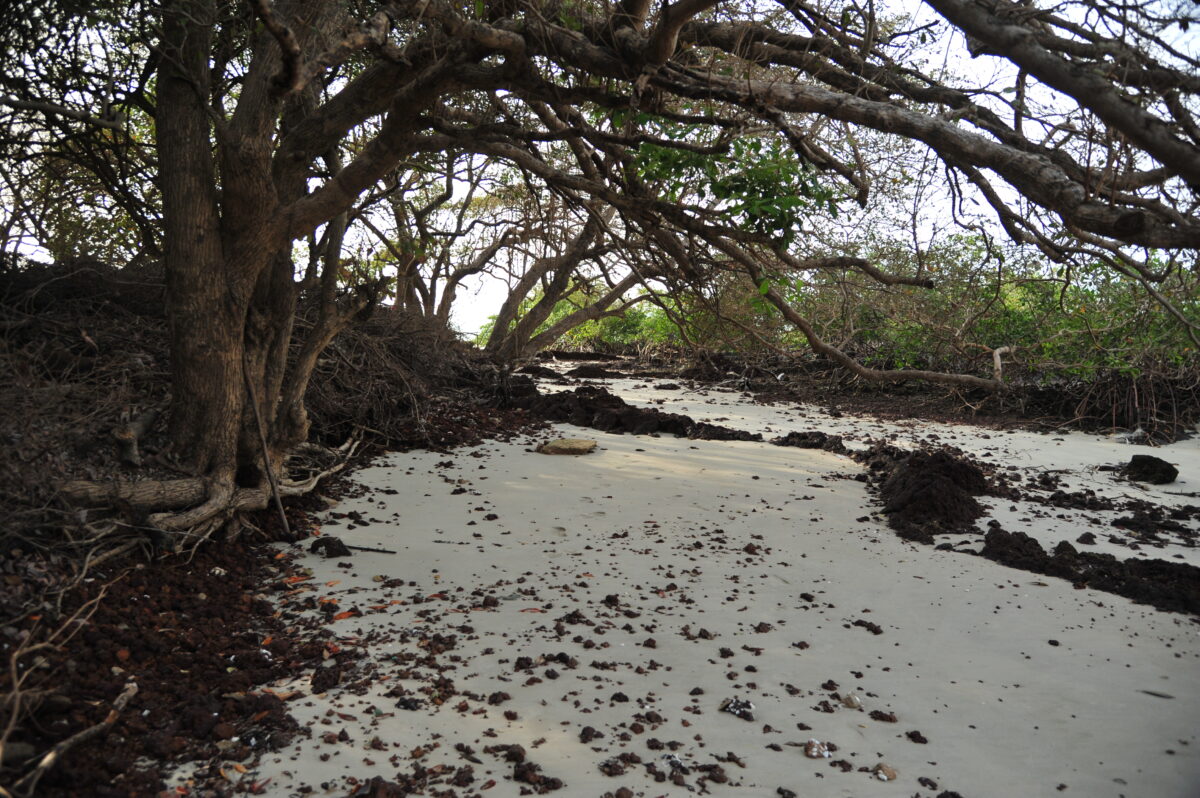Guinea-Bissau protects 26.4% of its territory, including 12.63% of marine areas and 13.75% terrestrial, with highly biodiverse ecosystems. Despite socioeconomic challenges, the country has excelled in marine conservation, aligning with the CBD’s global 30×30 commitment.
This progress is led by a strategic alliance: the PRCM that coordinates the project; the IBAP, the national technical partner, that leads the execution on the ground; and the BioGuiné Foundation (FBG), who works in the components of community support, such as capacity building and financing. They also have the technical support of others partners such as Wetlands International, Palmeirinha, GRDR, GPC and ODZH.
The national economy relies heavily on marine resources, threatened by climate change, overfishing, and unsustainable use. With 80% of the population living in the coastal zone, ensuring the health of the oceans is vital.
Among the key ecosystems this is the West Africa’s second-largest mangrove system with 338 km², which fundamental for fishing, coastal protection and carbon sequestration. These mangroves are monitored by the national PLANTA platform, managed by IBAP and supported by Wetlands International.
To consolidate this system, the Cacheu-Jeta-Pecixe Biosphere Reserve (RBCJP) will be created, which will integrate the mangroves, the forests, the wetlands and marine sanctuaries, in a participatory process with communities and authorities. Management will include zoning plans and management councils with local representation.
Communities will play a central role, participating in patrols, monitoring, ecological restoration and implementation of sustainable alternatives such as responsible fishing, agroecology and ecotourism, with technical and financial support coordinated by FBG.
Expected Results
- Protected coverage expanded to 35.6%, exceeding the 30×30 target.
- Inclusion of critical areas such as mangroves of Cacheu-Mansoa, Ucô Woodlands and bird colonies.
- Strengthening community resilience, with new sustainable sources of income.
- Improved governance, with management plans and operational local structures.
- Integration with global monitoring, connecting PLANTA to the Global Mangrove Watch platform.
Intervention Zones
- PNTC: Africa’s largest mangrove continuum.
- Jeta and Pecixe Islands: coastal areas with birdlife of global importance.
- Mata de Ucô: forest and wetlands of great ecological value.
- Between Cacheu and Mansoa: preserved mangroves and bolanhas in restoration.

